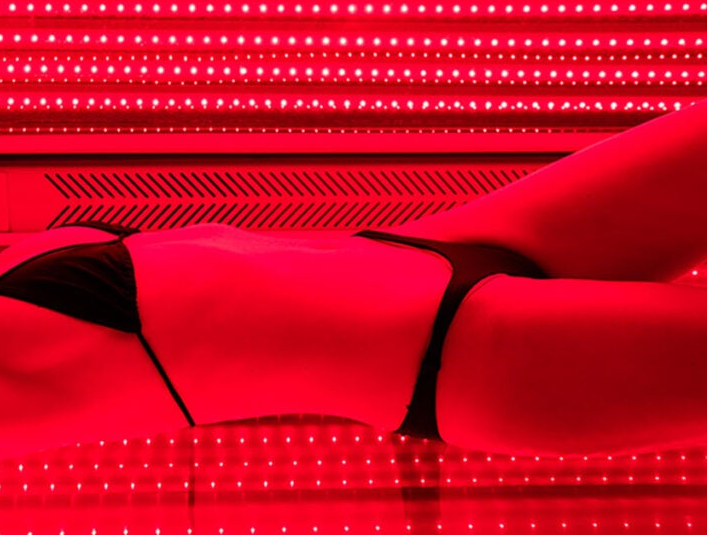
Red light therapy, also known as low-level laser therapy (LLLT) or photobiomodulation, involves exposure to low levels of red or near-infrared light. Beyond its aesthetic applications in skincare, there is growing evidence suggesting that red light therapy may play a pivotal role in reducing inflammation within the body.
Understanding Inflammation:
Inflammation is a natural response by the body to injury, infection, or stress. While acute inflammation is a protective mechanism, chronic inflammation can contribute to various health issues, including autoimmune diseases, cardiovascular problems, and chronic pain conditions. Conventional treatments often involve medications, but the search for alternative, non-invasive approaches has led to the exploration of red light therapy.
The Science Behind Red Light Therapy and Inflammation:
- Cellular Energy Boost:
Red light therapy works at the cellular level by enhancing mitochondrial function. Mitochondria are the powerhouse of cells, responsible for producing energy in the form of adenosine triphosphate (ATP). By stimulating mitochondrial activity, red light therapy helps cells function optimally, promoting overall cellular health.
- Anti-Inflammatory Cytokines:
Research suggests that red light therapy can modulate the immune response by influencing the release of anti-inflammatory cytokines. Cytokines are signaling molecules that play a crucial role in regulating inflammation. By promoting the production of anti-inflammatory cytokines, red light therapy may help to balance the immune system and reduce chronic inflammation.
- Oxidative Stress Reduction:
Chronic inflammation is often associated with increased oxidative stress, which can lead to cell damage. Red light therapy has been shown to have antioxidant effects, helping to neutralize free radicals and reduce oxidative stress. This, in turn, contributes to a lower inflammatory burden on the body.
Clinical Evidence and Applications:
Numerous studies have explored the efficacy of red light therapy in managing various inflammatory conditions. Conditions such as arthritis, tendonitis, and musculoskeletal disorders have been studied, with promising results indicating reduced pain and inflammation.
Additionally, red light therapy has been investigated for its potential benefits in skin conditions like psoriasis and dermatitis, where inflammation plays a central role. The non-invasive nature of red light therapy makes it an attractive option for those seeking alternative or complementary approaches to managing inflammation-related conditions.
Conclusion:
As our understanding of the connection between light and health deepens, red light therapy emerges as a promising avenue for naturally addressing inflammation. The current body of evidence suggests that red light therapy holds potential as a non-pharmacological, non-invasive approach to reducing inflammation and promoting overall well-being.
